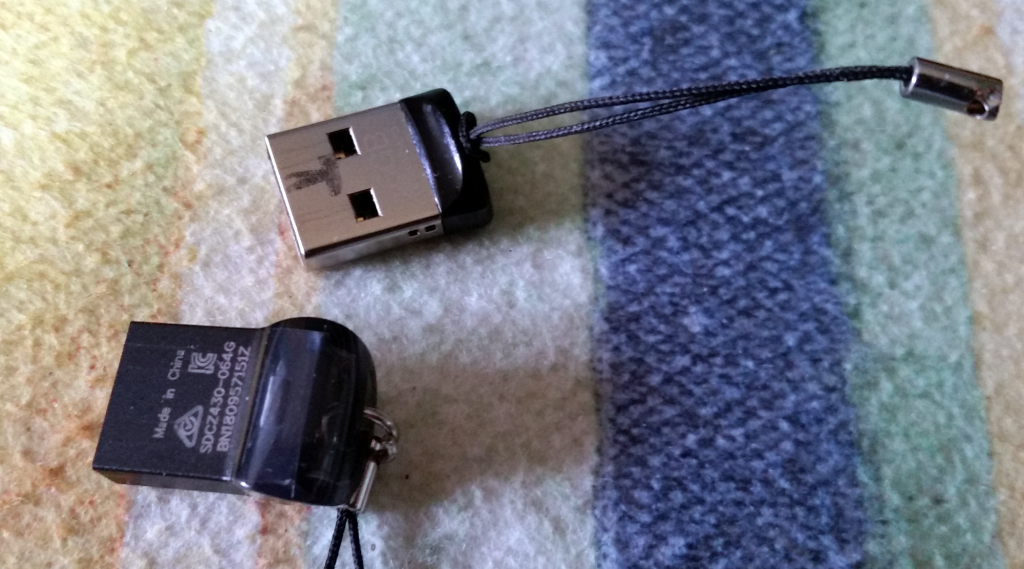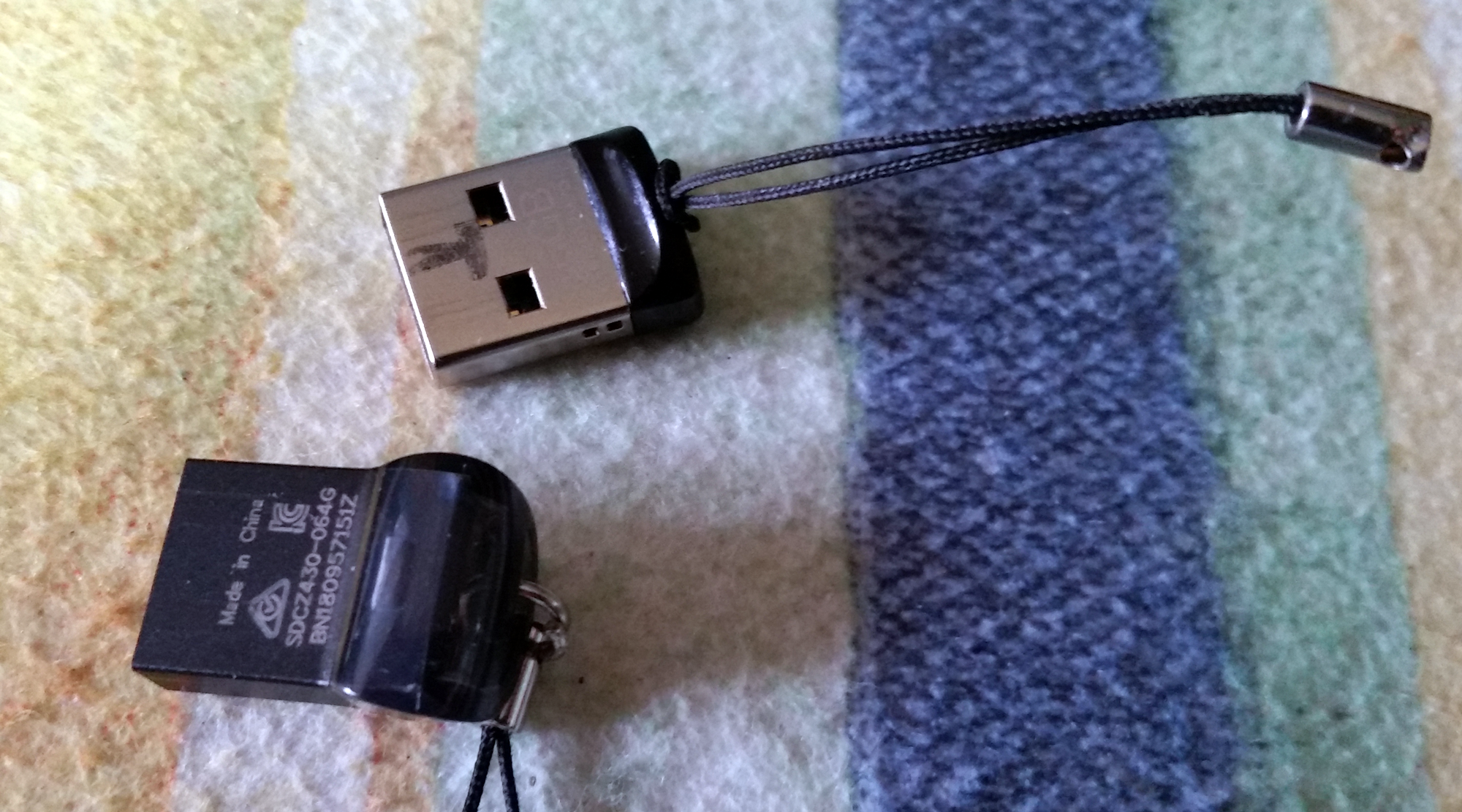
I ran into a baffling situation recently, and you may have been stopped by the same thing.
New cars have (in most, if not all cases) USB ports. One of our cars has two ports in the center arm rest compartment, another has one on the dash. You can pop a flash drive into a port and have your music library with you on the freeway.
I remember the first time I came across this feature. It was several years ago and I was renting a Subaru Outback. I happened to have my Sansa Clip along, and I plugged it into the car’s USB port. Perfect! It did not “play” the Clip, but the music files were all available as if the Clip was a simple flash drive, so the audio system played the files that way. Of course, in a sense, an MP3 player is just an educated flash drive, so there!
OK, right, now let’s get back on the problem.
It seems that not all flash drives are recognized by all cars. A review of the postings on the Internet find a lot of baffling questions and equally baffling answers. It turns out that some problems people have are related to their cars, which we can consider “devices”, reading the files on the drives. Others want to re-catalog the files each time the car is turned on. In my case, a new 64gb flash drive was not recognized at all.
Interestingly, I had the exact same problem with my Roku, which is a streaming device, if you don’t already know that. What is going on here?
In some instances the device (car, truck, Roku, MP3 player, whatever…) has a limit to the number of files that it can handle. It appears that some cars can recognize up to 9999 files per drive. That is more than enough Maroon 5 to get you from New York City to San Francisco. Yeah, well, maybe not Maroon 5. Let’s say that is just about enough Buddy Holly.
My problem was even more complicated. My 16gb Staples Relay drives, such as the silver one in the photo above, is recognized everywhere and the MP3 and WMA files play perfectly. The 64gb Ultra Fit from Sandisk, the black one above, is seen by nothing except my computers. What’s up with that? The devices cannot see anything above 32gb, as further tests proved. It isn’t a matter of the number of files on the drives. It is more deep down than that.
Drives, flash drives, disk drives, solid state drives, and all those goodies, are all formatted to certain specifications. Those specs are FAT32, NTFS, and exFAT. It isn’t necessary to get all techy-wecky here, so I will tell you that FAT stands for File Allocation Table, and and that each of these specifications are used to determine how a computer deals with files. The techno-gearheads will rightly explain that all this has to do with file system architecture and bibbly-babble like that.
FAT32 is the oldest specification and has been around since the dinosaurs (such as MS-DOS) roamed the earth. It is also nearly universal in that just about any computer understands it. But, FAT32 is not particularly efficient with fast computers and big drives.
NTFS is much more efficient and secure. It handles files of larger sizes, too. All in all, for the newer computers and what they have to do, NTFS is a better method of handling files than FAT32.
ExFAT, on the other hand, is far better than FAT32 and NTFS for really big stuff, such as these giant multi-terabyte hard drives, huge files, and extremely fast computers we have these days.
What I discovered was that the smaller flash drives, such as the Relay I mentioned earlier, are formatted FAT32, so they are nearly universal. I found that I can re-format them to NTFS if I want to, but I don’t know why I would. The larger 64gb flash drives are formatted exFAT and cannot be re-formatted “downwards” to FAT32.
The devices that I have that recognize the 32gb and smaller drives, but not the larger 64gb ones, are built to use FAT32! They will not “see” the 64gb flash drives because they don’t “understand” exFAT.
Of course, in the case of any device you will want to read your owner’s manual, and that goes for cars, streaming devices, cameras, and such. When I have reviewed my manuals I have seen on many occasions that the thing will accept any drive or memory card “up to 32gb.” Well, now we know why!
The cost of flash memory seems to drop every week. At the time of this writing, the 64gb drive pictured above was $16. For a few dollars you can buy a bucket of these things and go nuts. But that is not any fun unless your devices can recognize them. My best guess, and this is only a guess, is that we will be seeing new devices, including trucks and cars, that understand exFAT in addition to FAT32.
That works for me. I am sure all those songs will be handy when I drive Route 66. Get your kicks …
